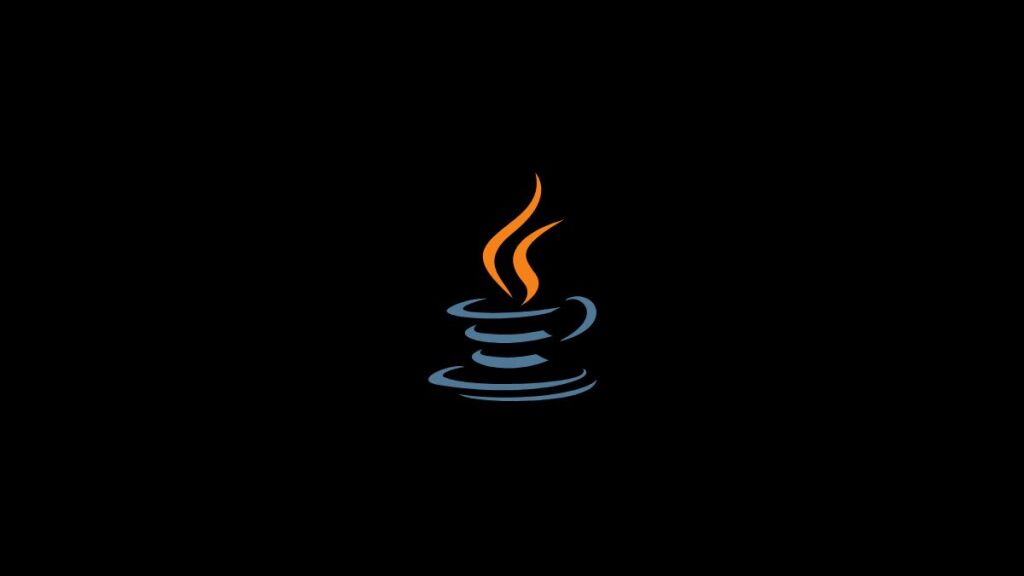In Java, mathematical operations are a cornerstone of many programming tasks, ranging from basic arithmetic to complex calculations. Among these operations, finding the square of a number is a fundamental and frequently encountered requirement. Java, with its comprehensive Math library, provides a robust set of tools for performing mathematical computations, including squaring numbers. This article delves into the nuances of squaring numbers in Java, leveraging the Math library for precision, performance, and ease of use.
Understanding the Square Operation
Squaring a number means multiplying the number by itself. The result is known as the square of the original number. Mathematically, if x is a number, its square is represented as x^2 (x squared), which equals x * x.
The Java Math Library
The Java Math library is part of the java.lang package, automatically available without importing. It provides a wide array of mathematical functions and constants, such as PI and E, and methods for trigonometric, logarithmic, and other operations. However, it’s important to note that the Math library does not include a specific method for squaring numbers directly. Instead, you can use the Math.pow method or simply multiply the number by itself to achieve this.
Using the Math.pow Method
The Math.pow(double a, double b) method is designed to raise the first argument a to the power of the second argument b. To square a number using Math.pow, you would set b to 2. This method returns a double.
Example:
public class SquareExample {
public static void main(String[] args) {
double number = 5;
double square = Math.pow(number, 2);
System.out.println("The square of " + number + " is " + square);
}
}Output:
The square of 5.0 is 25.0While Math.pow is versatile and can be used for a wide range of exponentiation tasks, it may be considered overkill for squaring numbers, especially when dealing with large datasets or performance-critical applications.
Multiplication: A Simpler Approach
For squaring numbers, simply multiplying the number by itself is the most straightforward and efficient method. This approach avoids the overhead associated with calling Math.pow and works seamlessly with both integer and floating-point types.
Example:
public class SquareExample {
public static void main(String[] args) {
int number = 5;
int square = number * number;
System.out.println("The square of " + number + " is " + square);
}
}Output:
The square of 5 is 25This method is preferred for squaring due to its simplicity and efficiency. It’s also type-agnostic, working well with int, long, float, and double by simply changing the type of the number variable.
Considerations for Different Data Types
When squaring numbers in Java, consider the data type of the input number:
- Integers (
int,long): Direct multiplication is the most efficient method. Be mindful of the possibility of overflow, especially withint. - Floating-Point Numbers (
float,double): Direct multiplication is still preferred. TheMath.powmethod can be used if you’re already working within the context of floating-point arithmetic and require its specific capabilities.
Conclusion
Squaring numbers in Java can be efficiently accomplished using direct multiplication, leveraging the simplicity and performance benefits of this approach. While the Math.pow method provides a general solution for exponentiation, its use for squaring might be less efficient due to the overhead of method invocation and processing. By understanding these nuances and choosing the right method based on the context and performance requirements, developers can implement squaring operations effectively in their Java applications. Whether you’re building financial models, engineering simulations, or processing scientific data, mastering the square operation is an essential skill in your Java toolkit.
- Car Dealership Tycoon Codes: Free Cash for March 2024 - April 9, 2024
- World Solver - April 9, 2024
- Roblox Game Trello Board Links & Social Links (Discord, YT, Twitter (X)) - April 9, 2024

